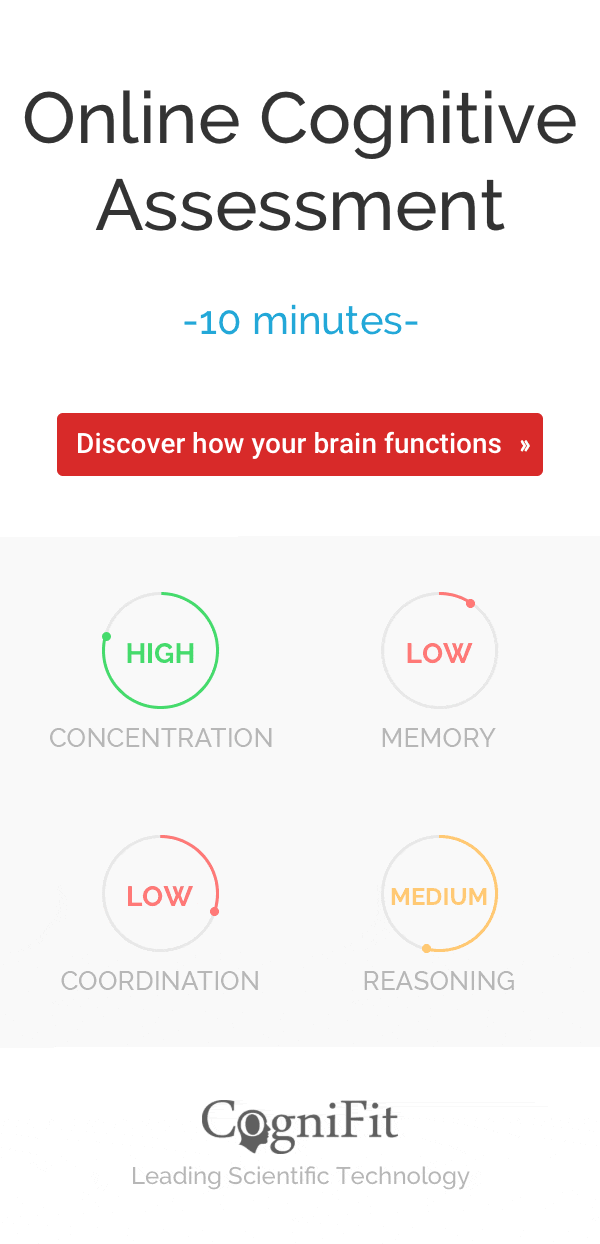
Decision Making: 7 Incredible Ways Our Brains Process Information To Make Better Choices

How many decisions have you made today? Not just the big ones, like what job you want or where you want to go to university… Not just the important daily ones, like what clothes to wear or what to eat for lunch… But all of them. Decision making is part of everything we do. How many times has your brain encountered a set of choices and had to decide which was the best of the possible outcomes?
We are constantly making decisions, as many as 2,000 per hour. Deciding whether to go to Jenny’s party or Billie’s. Deciding whether we want the chicken or the fish. Deciding whether to check the notification we just received. Deciding whether we should scratch our nose. Deciding if we want to keep reading a blog.
We are constantly making decisions, large and small, and much of the time we don’t even realize it. So how do we handle so many choices without going crazy?
How our brains process information
Part of the reason we are able to make so many decisions is that our brains are incredibly efficient at absorbing and processing information. We gather details about our world from our eyes and ears and skin and a wide range of sensory organs and almost instantaneously process the information based on our entire life history. Almost without even noticing, we decide that we do want another sip of coffee after all.
Our brains use several cognitive abilities to make these split-second decisions, and we follow a similar process for more significant decisions as well.

Information Processing in the Brain
- Starting with input from the sensory organs, we use our attention, perception, and short-term memory to access the information and pass it on to the part of our brain which processes the information.
- Using our ability to focus our attention, we filter out irrelevant information and—using cognitive processes such as working memory and reasoning—we evaluate the information against past experiences held in long-term memory.
- Once our brains have accessed, filtered, and evaluated the information, we rely on our executive functions to decide the best choice.
Our brains are incredibly efficient at evaluating and making decisions and have several tricks to make decisions faster and require less energy. Mental ‘shortcuts’ help us to avoid decision overload and allow us to reserve energy and processing power for more critical tasks. However, sometimes shortcuts can cause us a bit of trouble as well.
3 types of shortcuts for decision making
There are several shortcuts, known as heuristics that we use to make decisions which help us to make decisions more efficiently:
- Availability – The availability heuristic is the brain’s way of using readily-available information to speed up a decision. The more examples of something in your memory, the more likely it is to be relevant. Imagine a hunter-gatherer going out to look for food when they come upon a fork in the road. They remember several times they saw a saber-toothed tiger when going down one of the paths and quickly decide to choose the alternate route.
- Representative – We use the representativeness heuristic to make quick decisions based on a ‘representative’ mental model of the situation. If you go outside and see that it is cloudy, the sky is dark, and the wind has started to pick up, you may choose to grab an umbrella because—in your mental models, at least—when these things happen together, they are also accompanied by rain.
- Affect – The third shortcut is known as the affect heuristic. This is our way of using the emotions we feel to speed up decision making. When we are feeling happy, we are more likely to take risks and try new things, whereas when we are feeling down, we may avoid these things, opting for more comfortable or familiar choices.
These heuristics are powerful ways that we speed up and automate the thousands of choices we are faced with each day. Still, it is important to understand the downside of mental shortcuts, as they can lead to unintended consequences and cause harm to ourselves and others.
4 biases that can affect decision making
How can something that speeds up decision making and makes our cognitive processes more efficient end up being a bad thing? The problem stems from the fact that we think we know the answer to something before we take the time to learn all the facts.
Some of the most common biases that affect decision making are:
- Confirmation Bias – Confirmation Bias happens when we are making a choice and find information that confirms our existing beliefs. We may take this information as proof that our initial thoughts we correct and stop looking for more details or ignore mountains of evidence to the contrary.
- Anchoring – Anchoring, also known as ‘first impression’ bias, is the tendency to judge new information based on the first information received. An example of this is when you go to a restaurant, and they offer the first bottle of wine for $100 and a second for $15; the second sounds much more attractive than if the first bottle had been $2.
- Conformity Bias – Conformity Bias is the tendency to agree with the group even if your own initial opinion was different. Sometimes called ‘herd mentality,’ this can stifle innovation and lead to group-think.
- False Causality Bias – Attributing events in a series as being caused by the first is known as the false causality bias. Roosters always crow after the sun comes up, but that doesn’t mean the sun caused the roosters to crow. Though this example is quite silly, false causality bias can have serious consequences. For example, someone might look at an immigrant neighborhood with high rates of crime and assume that the crime is due to the immigrants who live in the community. Had they taken the time to investigate further, they could have seen that, in reality, it could be due to any number of socioeconomic root causes and has nothing to do with where the residents come from.

There are many other ways our decision-making processes can be negatively affected by mental biases. So it is essential to stay mindful and always try to double-check whether your choices are the result of informed cognitive processes or biases.
How a healthy brain is better at making decisions
Staying healthy is one of the best ways to improve our decision-making capabilities. As anyone who has ever gone grocery shopping while they were hungry knows, things like hunger, stress, or how tired we are can have a significant effect on the decisions we make.
Just like someone who eats healthy food before heading to the grocery store is more likely to choose healthy foods, a person who has plenty of sleep, well-managed stress, and maintains a healthy exercise routine will be better equipped to make better decisions in all parts of their lives.
Conclusion
If you or someone you know are interested in learning about your brain health, check out our cognitive assessments and brain training here.












